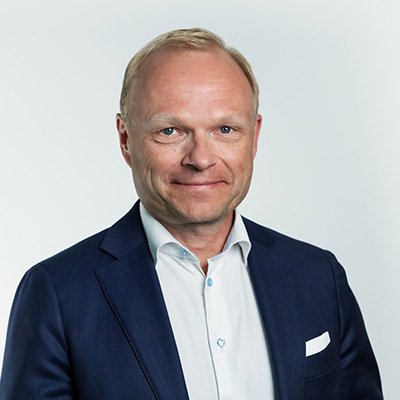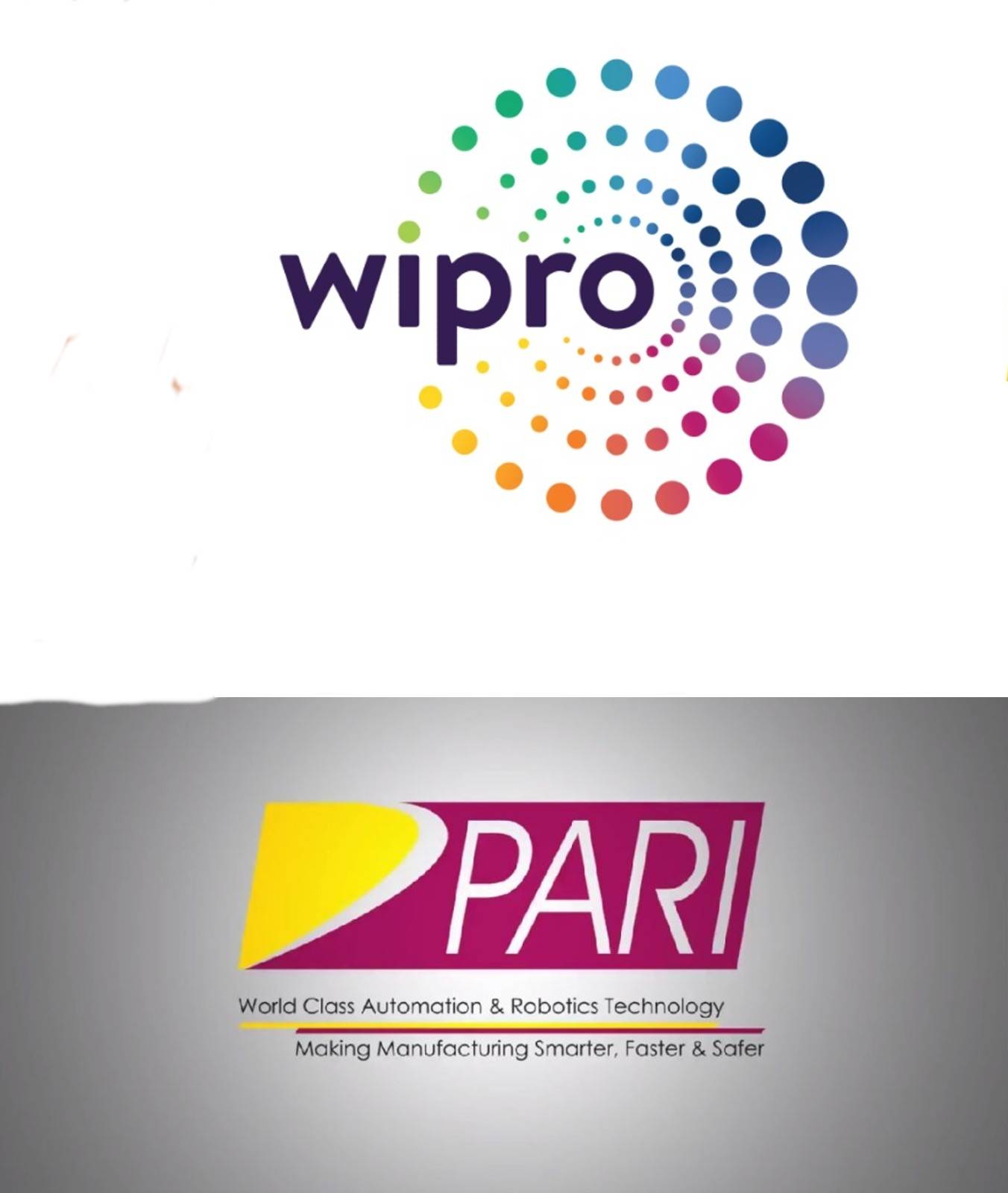Nokia provides a mid-point update on strategy and operating model Nokia aligns to deliver critical networks to CSPs, enterprises and webscales.
Company aims for technology leadership in all segments it chooses to play in. Nokia sees value gradually migrating from monolithic systems towards silicon, cloud-native software and services, and the industry moving towards as-a-service business models.
Provides transparency on expected operating margin performance of its 4 new biz groups in 2021. Previously provided outlook for 2020 and 2021 remain unchanged.
Bengaluru, NFAPost: Nokia provides an update on its strategy and operating model. On October 29 Nokia announced the first phase of its new strategy, outlining high-level strategic principles alongside a new operating model designed to better position the company for changing markets and align with customer needs.
The new model is effective from January 1, 2021. Detailed business group strategies will be provided on Capital Markets Day on March 18, 2021.
Outlining the strategy, Nokia President and CEO Pekka Lundmark said the company focus areas are to position Nokia to lead in a changing world.
“The world faces big problems: environmental issues, resource scarcity, inequality and stalling productivity. Technology will be an essential part of the solution. As a result, we will see an increase in critical networks, which will extend to all corners of society,” said Pekka Lundmark.
Critical networks are advanced networks that run mission-critical services for companies and societies. They are becoming increasingly important and extending to all corners of society. This means that Nokia’s addressable market for critical networks with CSPs, webscales and enterprises is also extending.
Customers are using a best-of-breed approach to build these networks, selecting network elements from multiple individual vendors who are able to offer the best performance per total cost of ownership. Nokia is aiming to be the technology leader in the areas it chooses to play in.
“We are well positioned to be a trusted partner for critical networks. We are experienced in creating both carrier-grade performance networks and working with the world’s most demanding webscales. We have a strong position in technologies that are important for critical networks, such as open and virtualized radio access networks and we are on course for a 100% cloud-native software portfolio,” says Lundmark.
Nokia also sees a market evolution where value in critical networks will gradually shift from monolithic systems towards silicon, software and services; where the importance of cloud-native and open solutions will increase; and where value will be captured through different business models.
“We are one of the leading network equipment providers to evolve monolithic core networks to virtualized core networks that are fully cloud-native. One of our focus areas will be to continue building out our capabilities in this area to ensure technology and market leadership. We are well-positioned to pivot to new business models as our customers’ needs evolve and require more as-a-service solutions,” says Lundmark.
Continuing to strengthen Nokia’s long-term research and global patent portfolio is a key element in securing technology leadership. Nokia’s ambition is to lead in all domains including innovation, products, standardization and patents. “Committing to long-term investment in research and innovation will allow us to anticipate and capitalize on industry changes and position us at the front of the pack when new technology windows open.”
Providing transparency to Nokia’s four new business groups Today, Nokia provided its assumptions for its four new business groups and Group Common and Other in 2021 and over the longer term.
The company will discuss the addressable markets, competitive positions and strategic focus areas for each business group during its strategy webcast to analysts. Nokia’s previously provided outlook for 2020 and 2021 remains unchanged.
In connection with its Q3 2020 results, Nokia expects comparable* operating margin of 7-10% in 2021. Nokia intends to provide recast comparative segment results for 2020 by mid-March 2021 and more detailed information at its Capital Markets Day on March 18, 2021.

Mobile Networks’ immediate focus will be on executing its turnaround and regaining 5G leadership. It will focus on leadership in ORAN and vRAN, maintaining scale with CSP customers and growing its enterprise-dedicated Private Wireless Networks business.
It is expected to deliver comparable* operating margin of around zero percent in 2021, and significant improvement over the longer term.Network Infrastructure (previously IP and Fixed Networks) will focus on the building blocks and essential solutions of critical networks, using its technology leadership in IP Networks, Optical Networks, Fixed Networks, and Alcatel Submarine Networks to drive digitalisation across all industries.
It is expected to deliver comparable* operating margin in the high single digit range in 2021, and gradual improvement over the longer term. Cloud and Network Services creates value for both service providers and enterprise customers as demand for critical networks accelerates, leading the transition to cloud-native software and as-a-service delivery models.
It is expected to deliver comparable* operating margin in the mid-single digit range in 2021, and significant improvement over the longer term.
Nokia Technologies will continue to monetise and grow the value of Nokia’s intellectual property and licensing revenue by investing in innovation and its world-leading patent portfolio as well as pursuing other licensing opportunities.
It is expected to deliver a slight improvement in comparable* operating profit in 2021, relative to 2020, and stable performance over the longer term.Group Common and Other, which predominately consists of corporate costs, is expected to be run in a lean manner, with costs directly embedded into the business groups whenever possible.
Group Common and Other is expected to deliver a comparable* operating loss of approximately €200 million in 2021.
*Comparable results exclude amortization of acquired intangibles, restructuring and other items affecting comparability. This information provided reflects Nokia’s new operating model, effective January 1, 2021.





